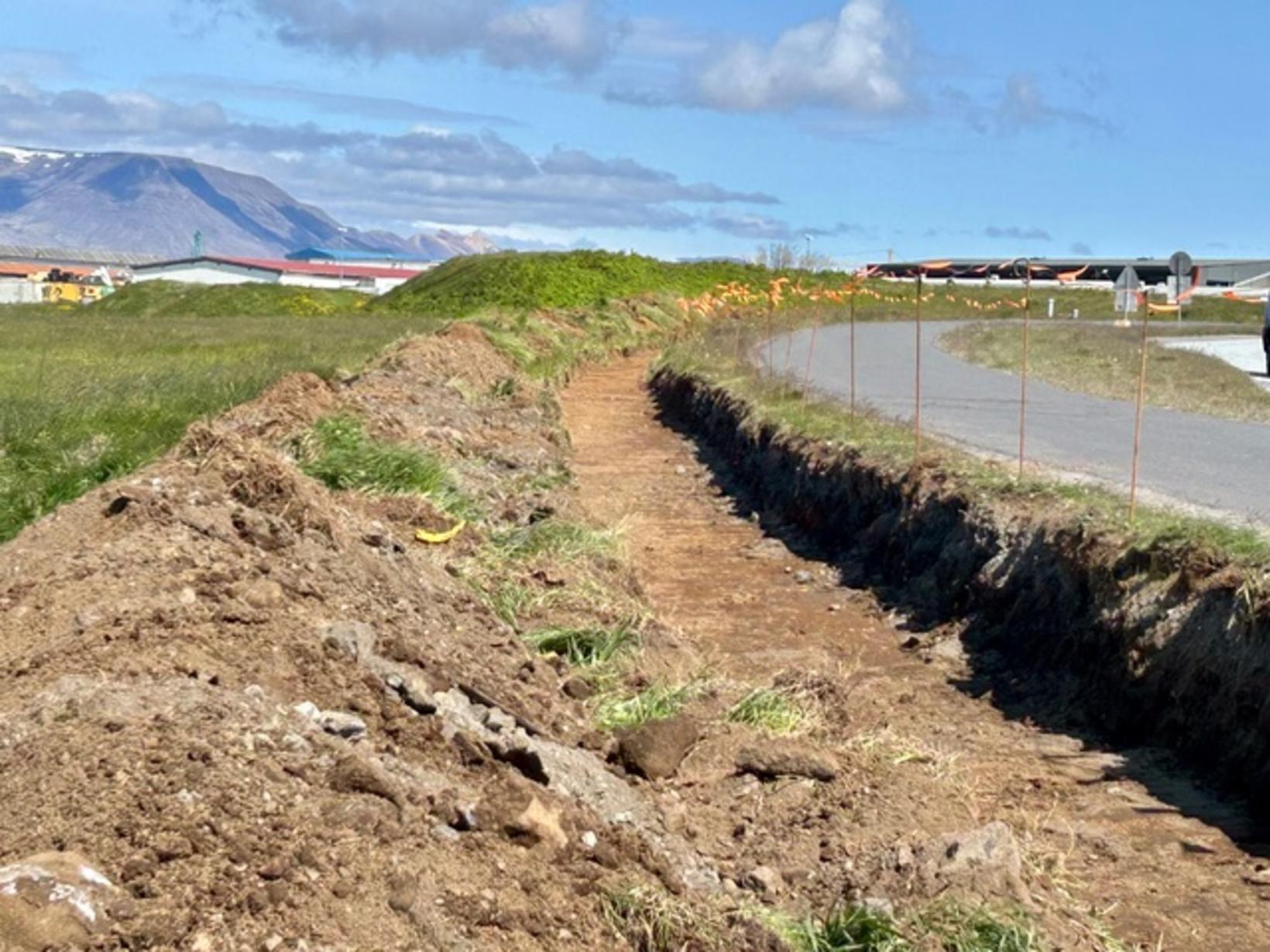Attention to pressure in the first 20 weeks of pregnancy

The occasional feedback of hypertension in the first 20 weeks of pregnancy can associate with the risk of stable hypertension up to 14 years after childbirth. So it is worth keeping more controlled over time
The feedback of high pressure values in the first half of the pregnancyeven between unprecedented women hypertensive disorders of pregnancy (HDP), can identify Women at greatest risk of developing arterial hypertension stable up to 14 years after childbirth. These results come from a large observational study supported by National Heart, Lung, and Blood Institute (NHLBI) and published in the magazine Hypertension.
Risk assessment
Arterial hypertension is a risk factor for various cardiovascular diseases (CV), including heart failure, renal failure And stroke cerebralwhich together represent the first cause of death. This study recognizes a new risk factor previously not defined as such in the puerous which are currently not recognized as high risk for future arterial hypertension and CV diseases because they have not expressed HDP during previous pregnancies. HDP can be complicated by serious pathologies such as the preeclampsia and the gestational hypertension that are known to increase the risk of CV diseases in the following years. When a clinical history of HDP is associated with high pressure values - even if occasional – during the first phase of pregnancy, the set of these data provides a new and more efficient tool for risk assessment.
How the study took place
The study numbers are very solid: Almost 175 thousand women were followed whose pregnancy had been monitored at the permanent Kaiser Northern California between 2009 and 2019. None of them had hypertension, kidney, liver or cardiac diseases or a history of preeclampsia before the pregnancy underway. The researchers checked their medical records up to 14 years after childbirth to identify new cases of hypertension. They discovered that the women who had had episodes of arterial hypertension during the first 20 weeks of pregnancy had greater probability of developing stable hypertension further in life. Six distinct groups of risk of future blood pressure have been identified, ranging from minimum risk to high risk of stable hypertension. Women with constantly high blood pressure values were higher risk.
Early therapeutic interventions
This study shows that the trend of blood pressure during the first half of pregnancy can stratify this risk, even for unprecedented women of HDP. By identifying women at higher risk, health workers can offer targeted monitoring and early therapeutic interventions, preventing future cardiovascular complications. In detail, the study has shown that these blood pressure models could differentiate the risk levels between women with and without history of HDP. Among the women who previously have never developed HDP, those with higher risk blood pressure models, including high-installation models during the initial stages of pregnancy still had 11 times more likely to develop hypertension Years later compared to women with less at risk blood pressure models.
More attentive monitoring
The researchers suggest that this previous risk group could suggest more careful monitoring after pregnancy. Furthermore, they suggest that blood pressure models in the first half of pregnancy could improve The forecast of the risk of future cardiovascular diseases.








